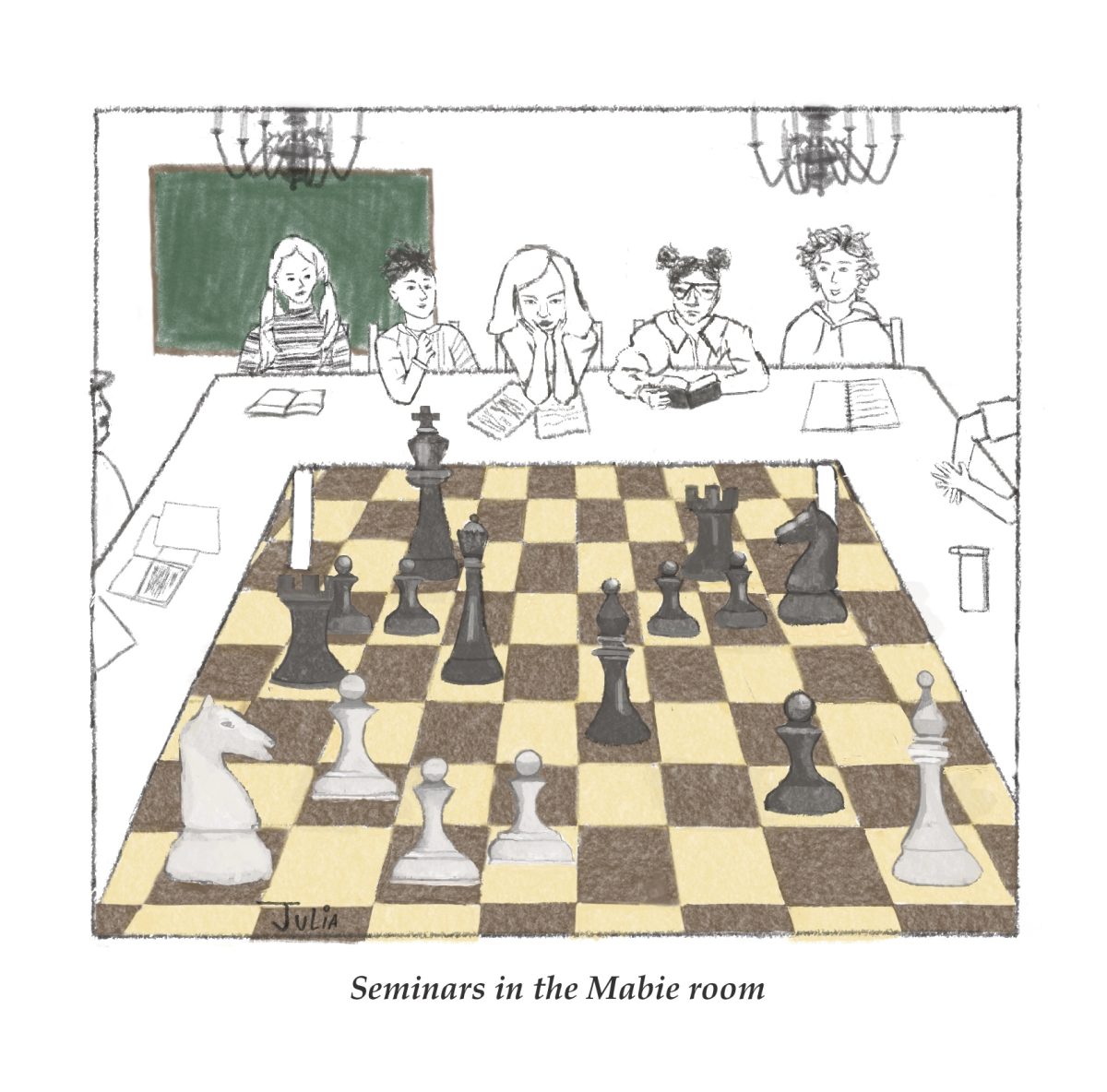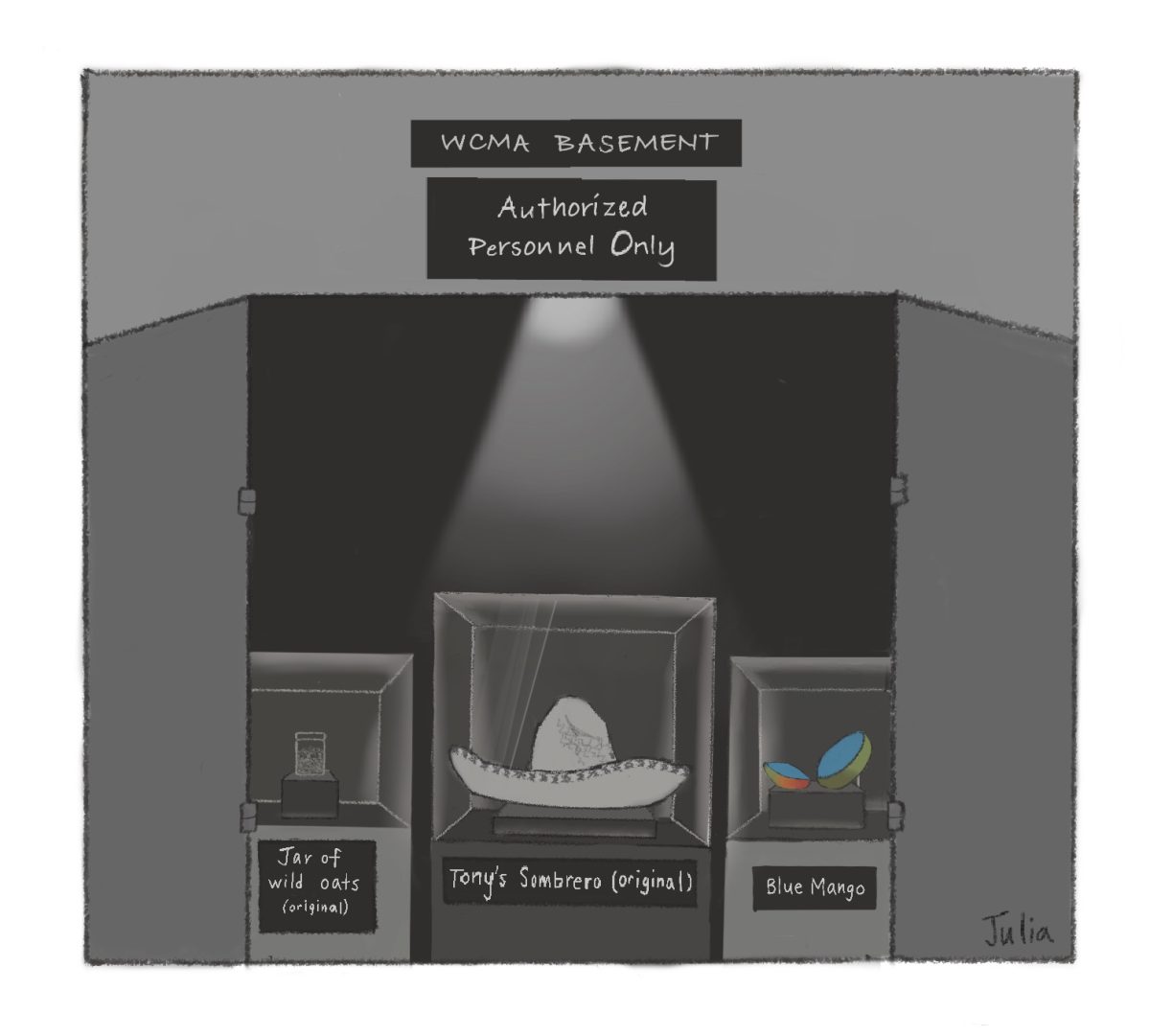Less than a year ago, we chanted to the skies, celebrating the fulfillment of our demands as we finally acquired the Africana studies major. Four years ago, we stormed the College Council, aggrieved at the interrogation of attempts to create Black Previews. Forty years ago, Mears House, formerly home to the Black Student Union, was displaced for office space resulting in the painting over of a mural that honored students. More than 50 years ago, we occupied Hopkins Hall with a list of 15 demands, pushing for an Afro-American studies department and more support for the Black students on campus. And now, just two weeks ago, we were handed a proposal that aimed to strip us of the Eban House: an affinity space we have had to fight for over the last two years.
What do these things all have in common? Are they demonstrations of Black strength and resistance or reminders of 140 years of history tainted with struggles for basic needs? Wherever your perception may lie, our sentiment as Black, Indigenous, People of Color (BIPOC) on campus stays the same: We are tired.
I shower you with this history because it’s exhausting. I am one of thousands expressing the same sentiment again and again. Yet each time, we’re left with the same responses. We give so much every day from generation to generation, yet we are left fighting for the same thing years later. The Purple Bubble has been and always will be suffocating. Each time we attempt to pop the bubble, to acknowledge our personal conflicts and institutional concerns, we’re met with, “I support you, but…” or “I hear you, but…” Our voices are ignored, invalided, and misconstrued. We’re told that we’re dramatic or “too much,” that none of this truly matters. Yet time and time again, we’re forced to assimilate to an overbearingly monocultural environment that disenfranchises our needs or dehumanizes our existence. It’s never just about an item like a house or a curriculum, to address the superficial rebuttals to our demands — it’s about cultivating spaces to escape the erasure and demonization that we experience daily.
The 1900s saw moments of protest and activism across a variety of universities as students took inspiration from voices such as Malcolm X and Dr. Martin Luther King Jr. and demanded greater representation in academia, greater diversity in faculty, and more equitable admissions. Despite similarities across these movements, the advancements won through student efforts — efforts that were draining and unfair to students simply trying to receive an education — were met with varying responses.
Take Wesleyan, for instance: While Williams only had five Black graduates in 1968, 30 were offered admission to Wesleyan in 1965. Or Amherst, which has had a Latino/a house since the 1990s, while it took a hunger strike in both 1991 and 1993 for Williams to affirm the existence of Latino/a students via the Latino studies curriculum. Additionally, compared to initiatives such as the Five College certificate, we still don’t have an Indigenous studies curriculum — despite recognizing the Stockbridge-Munsee Community’s homelands through a land acknowledgment. And it took 34 years of activism for the College to approve the Asian American studies curriculum.
Echoing these long fights, it took us attending meetings, voicing our concerns, and nearly organizing a protest before the College listened to us about Theme/Affinity/Program/Special Interest (TAPSI) housing. For years, minorities have been fighting for the same request: to be seen, validated, and safe.
We all dreamt of receiving our acceptance letters during our senior year of high school, gathered around family, classmates, or nerve-racking silence. The plight of high school was over, some thought, and we were excited to venture off into a whole new world — college. Rushed into First Days, we were introduced so early to the stressful campus, expected to fit our puzzle pieces into a jigsaw-like environment. For me, I knew a priority of mine was connecting with other BIPOC on campus. Whether we talked about hair, food, or family, I knew I wouldn’t be met with confusion or judgment. I knew I could recite a phrase coined by my mother and be met with the bop of a head as memories of home flashed in their heads. That’s my community, my comfort, my love.
On campus, BIPOC wear a variety of hats. From student life to the Minority Coalition to the student union to a variety of other positions both in and out of the Purple Bubble, we are one of the largest groups on campus dedicating our time and energy to the College. As petitioned by Shawn McDougal ’95 in the Williams College Multicultural Center’s 1993 issue of Spectrum, “We must be bold, we must be imaginative, and we must be willing to sacrifice the security of the tried-and-true, if the struggles of our ancestors, and of disempowered people across the world and throughout history, are to have any lasting meaning.”
Despite everything we’re put through, we show up. We continue to be the faces thrown on brochures or the figures paraded in statistics. We show up for our ancestors, who endured trials and tribulations to get us to this point. We show up because we have to. But why must we keep showing up? Why must our existence and needs consistently endure challenges? Why must we be responsible for institutional change? We have been tireless advocates, but in an ideal world, with a more supportive administration, we would not need to be. The fact of the matter remains the same: We’re exhausted.
Sam Samuel ’26 is from Shelton, Conn.






